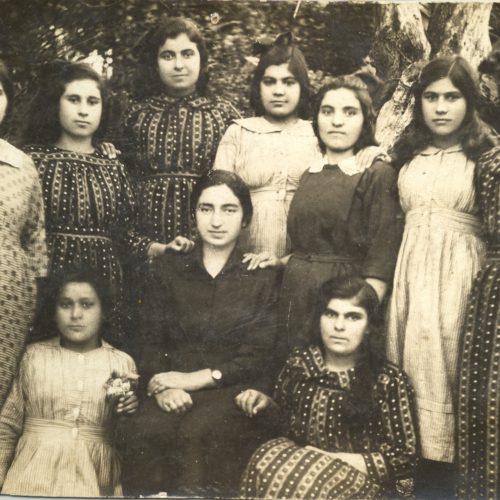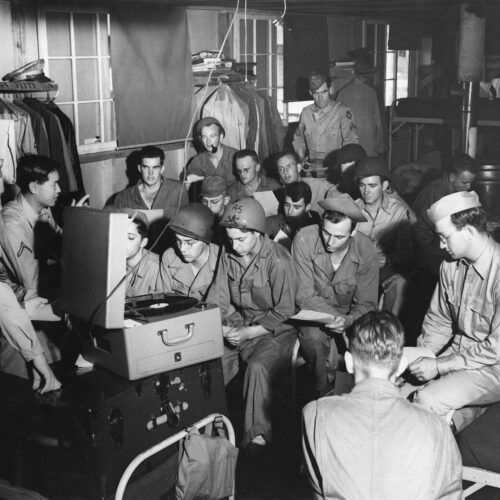Topic: Project Based Learning

Near East Relief Document Analysis Websites
Grades 4 – 8. The following unit engages students with archival material related to Near East Relief. The unit framework, primary sources, and resources can be integrated into classrooms of grades 4-8. Each lesson has student objectives that can be accomplished within 40 minute periods over the course of several weeks. The final project will be…
HIV/AIDS in the 1980s
Grades 10 – Graduate level/Adult education. This audiovisual media literacy educational resource focuses on video media. Videographic materials often communicate messages visually. Articulating precisely how this is done, through both visual and narrative information, requires critical media literacy skills. Through watching and analyzing these videos, students will explain underlying messages and attitudes within the videos.
Yellow Fever
Grades 4-8. The following unit engages students with archival material related to the yellow fever epidemic during the construction of the Panama Canal. Students will learn about archives, primary and secondary sources through the lens of the yellow fever. They will make connections to other public health campaigns such as tuberculosis and Covid. Applying present…

The Cold War
High school to graduate levels. This workshop places students into the role of program officers during the 1940s and 1950s. Drawing on twenty-two records from the Rockefeller Archive Center collections, the project explores philanthropic activities during a period of ideological and geopolitical tensions. View this resource on OER Commons.

Refugee Scholars
Grades 9-16. This workshop presents selected primary sources from the Rockefeller Foundation holdings at the Rockefeller Archive Center. This is intended for use in facilitating a classroom exercise on the Rockefeller Foundation’s 1933-1945 refugee scholar program. This workshop enables students to imagine and grapple with the difficult choices RF officials had to make in one…